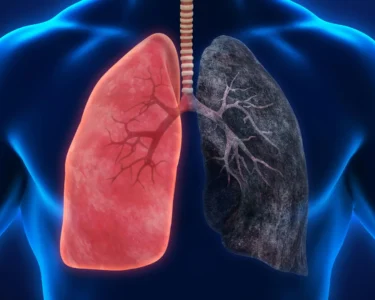Scientists working for the China Meteorological Administration (CMA) have used drones to inject around 1.1 kg of silver iodide powder into clouds in an experiment to influence the weather, generating almost 80,000 m³ of additional rain. The drones were used to apply the silver iodide in a more targeted manner.
The experiment took place in July 2023, but the results were not published until April 2025 in the Chinese journal Desert and Oasis Meteorology, as The China Morning Post reported on Sunday. According to the report, two medium-sized drones ascended to an altitude of 5,500 meters and released silver iodide, a cloud vaccine compound, over the Bayanbulak grasslands in northwest China. A total of 1.1 kg of silver iodide in powder form was used. The powder was released from the drones by generating heat in the form of smoke. A total of four flights by the two drones were necessary for this. Two sticks each containing around 125 grams of silver iodide were distributed. The particles were released at a rate of 0.28 g/s.
Increase in precipitation
The researchers validated the effect of the experiment together with the Weather Modification Office of Xinjang. The scientists found that the measure increased the amount of precipitation over an area of 8000 km² by around 3.8 percent within one day. This corresponds to around 78,200 m³ of additional precipitation.
The size of the raindrops increased from 0.46 to 3.22 mm after inoculation with silver iodide. The analysis of satellite images showed that the cloud cover had increased by around 2.9 km and cooled by 10 degrees Celsius.
The researchers consider the experiments to be safe. Due to the precise maneuverability of the drones, it is possible to release the silver iodide in a more targeted manner than with aircraft, for example. This results in lower safety risks. In principle, drones can therefore be used to carry out three-dimensional, large-scale rain and snow improvement measures all year round.
However, the weather experiment was not the first in China. Similar, artificially generated weather changes had already been carried out in Guizhou, Shanghai, Gansu and Sichuan. In the long term, the scientists want to determine the extent to which rain can be better distributed over a year in order to improve agricultural yields.
(olb)




